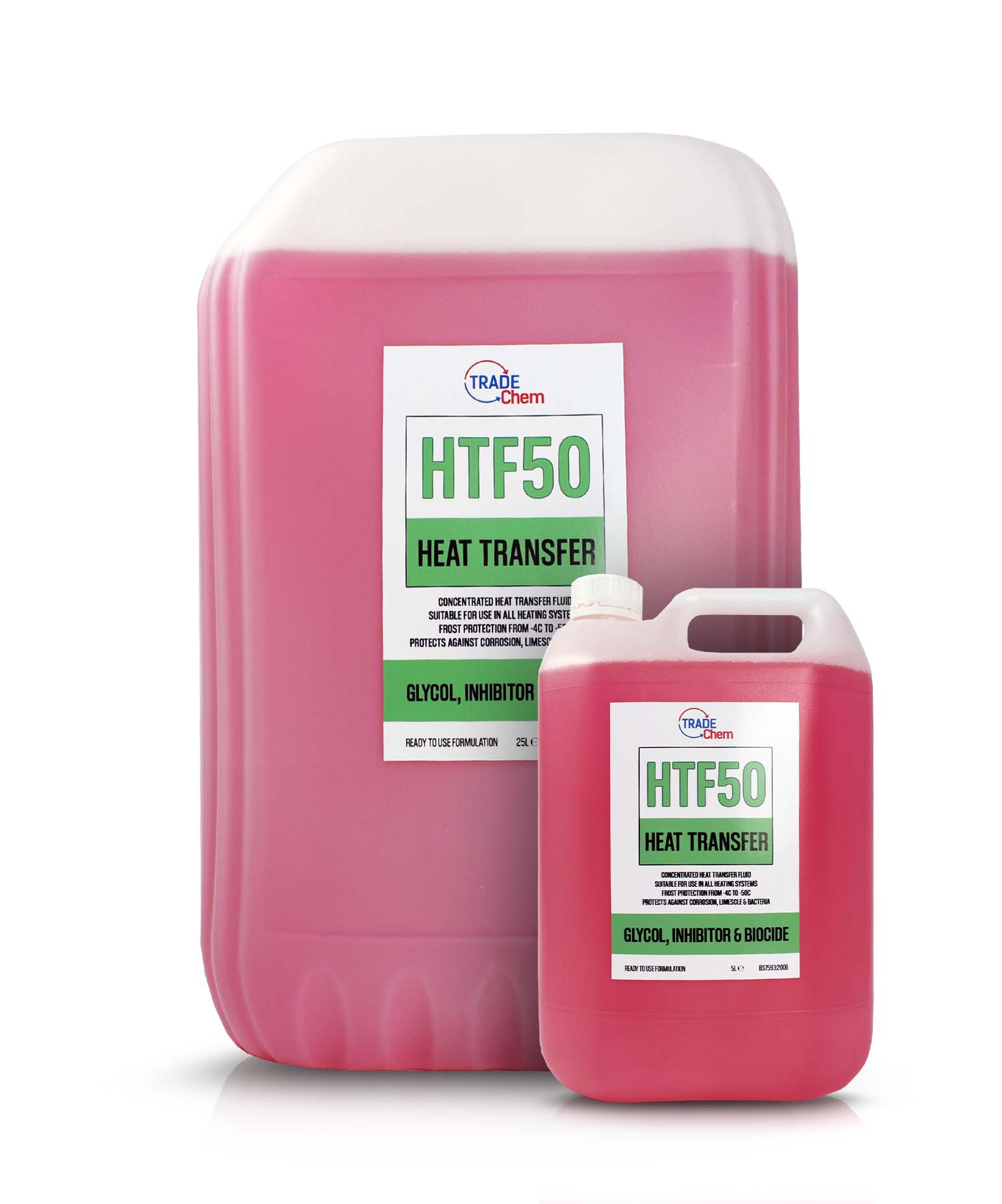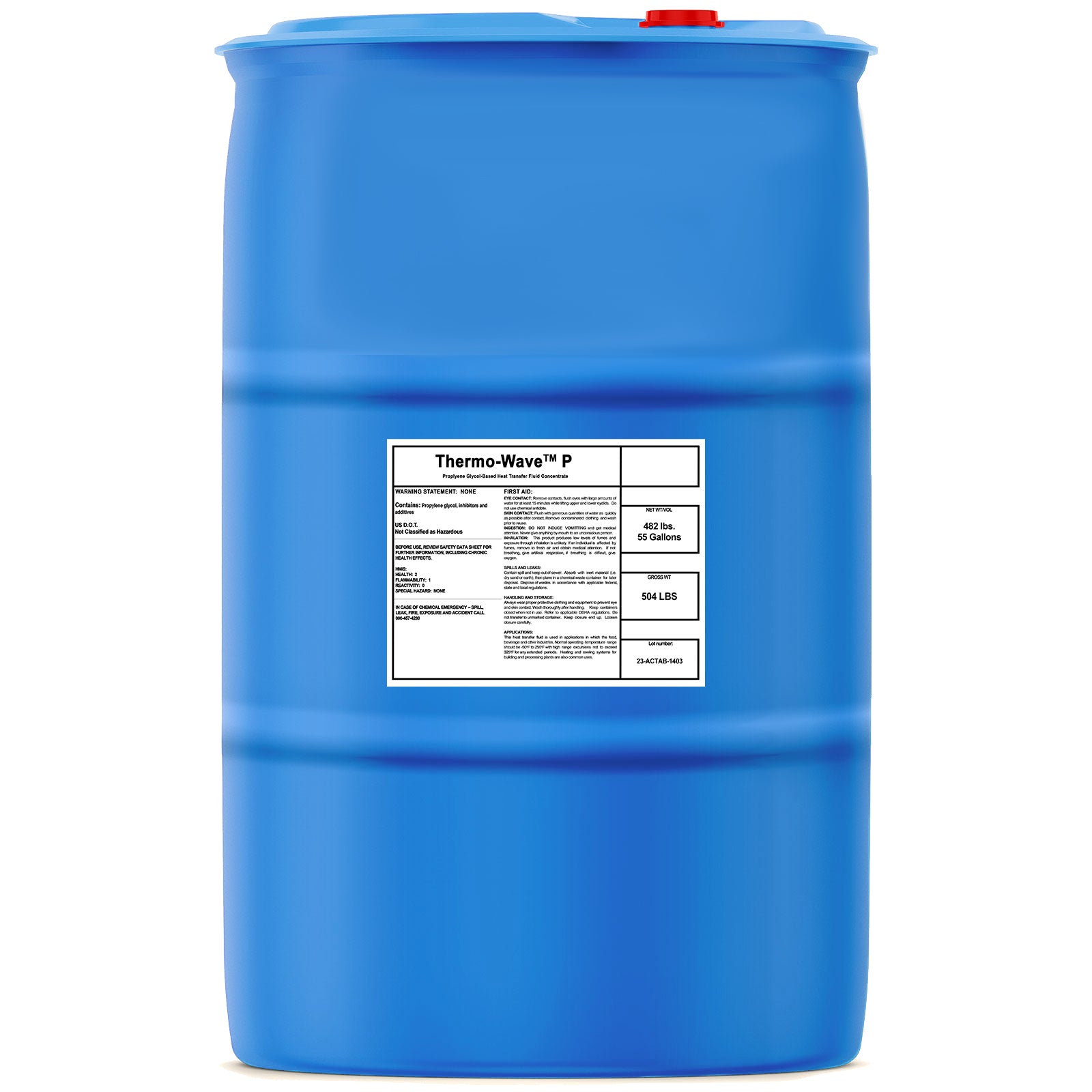Exactly How Heat Transfer Fluid Influences the Effectiveness of Cooling And Heating Equipments
Comprehending the Uses of Heat Transfer Liquid in Industrial Applications
In the vibrant landscape of industrial applications, warmth transfer liquids (HTFs) are vital for keeping exact thermal law, crucial to enhancing functional performance and product top quality. From the ins and outs of chemical handling to the robust needs of power generation, HTFs are main to making sure steady and effective warm exchange.
Function in Chemical Processing
In chemical handling, warmth transfer fluids play a vital function in maintaining specific temperature control, which is vital for optimizing reaction prices and guaranteeing product top quality - heat transfer fluid. These liquids are pivotal in assisting in effective heat exchange in between procedure devices, therefore enabling the guideline of thermal conditions within activators, distillation columns, and other critical apparatus. Their capacity to preserve security under differing thermal tons and environmental problems makes them indispensable in chemical production
The selection of an ideal warm transfer liquid is determined by elements such as thermal conductivity, certain warm capacity, viscosity, and chemical compatibility with the procedure materials. High-performance liquids enable fast heating & cooling, enhancing the performance of endothermic and exothermic responses. Their thermal security reduces the danger of degradation or contamination, which can lead to equipment fouling and lowered procedure performance.
Along with temperature level regulation, these fluids add to safety and security by stopping overheating and minimizing the possibility for thermal runaway reactions. By giving constant thermal administration, heat transfer liquids improve process integrity and can bring about considerable energy savings. As chemical procedures end up being progressively intricate, the value of picking and keeping optimum warm transfer liquids can not be overemphasized.

Power Generation Applications
Relocating from chemical processing to power generation, warm transfer fluids assume a vital function in the manufacturing of energy. In power generation applications, these liquids are instrumental in preserving ideal thermal effectiveness and making certain the dependable procedure of power plants. Various kinds of power generation centers, including fossil fuel-based plants and concentrated solar energy (CSP) systems, depend heavily on warm transfer fluids for effective power conversion.
In fossil fuel power plants, warm transfer liquids are made use of to transfer warmth from burning gases to water in boilers, generating steam that drives generators. This process needs fluids with high thermal stability and superb warmth transfer residential or commercial properties to endure severe temperatures and stress. Likewise, in CSP plants, warm transfer liquids flow via solar collectors, absorbing solar energy and transferring it to a main receiver where it is used to produce vapor. The steam then powers wind turbines to produce power.
The option of warm transfer fluid in these applications is important, as it affects the plant's performance, safety, and ecological impact. Synthetic oils, liquified salts, and other specialized liquids are commonly used, selected based on their thermal stability, warmth capability, and compatibility with system materials.
Impact on Food and Beverage Industry

In enhancement to improving product quality, heat transfer fluids add to functional efficiency by reducing energy intake and decreasing process times. Their thermal security and high warm capacity permit quick heating and cooling cycles, leading to boosted throughput and cost-effectiveness. The usage of food-grade warmth transfer liquids, which abide with rigorous security standards, guarantees that there is no risk of contamination, thus guarding public health and wellness.
The flexibility of warm transfer fluids enables their application throughout a wide variety of food and beverage processes, from dairy and confectionery to brewing and bottling. By optimizing temperature control, these fluids play a vital role in satisfying the progressing needs of the food and drink industry while preserving high criteria of high quality and security.
Value in Manufacturing

An essential aspect of manufacturing processes throughout numerous markets is the efficient management of temperature, which is where warm transfer liquids demonstrate their relevance. These liquids play a vital duty in keeping ideal temperature levels for varied operations, making sure item high quality, security, and power performance. In industries such as chemical processing, drugs, and plastics, specific temperature level control is crucial for responses, healing, and molding processes. Warmth transfer liquids promote these regulated settings by absorbing, moving, and releasing warmth as needed.
In producing settings, heat transfer fluids contribute considerably to operational performance and cost-effectiveness. By decreasing temperature variations, they aid lower power intake, therefore decreasing operational expenses and boosting sustainability. They enhance the life expectancy of tools by stopping overheating and thermal stress and anxiety, which can lead to costly downtime and repair services.
Additionally, the adaptability of heat transfer fluids permits them to be personalized for details applications, accommodating a large range of temperature levels and environmental conditions. This flexibility ensures constant efficiency, also in one of the most requiring commercial setups. Eventually, the critical usage of heat transfer fluids encourages suppliers to enhance their procedures, enhance product high quality, and maintain an one-upmanship in an ever-evolving market.
Advances in Warm Transfer Modern Technology
With advancements in warm transfer innovation, markets are experiencing transformative renovations in temperature monitoring systems. Modern HTFs, such as nano-fluids, display enhanced thermal conductivity and stability, which substantially enhance warmth exchange processes.
Additionally, the assimilation of clever technology and electronic surveillance systems has actually changed heat management. Advanced sensing units view and IoT tools provide real-time data analytics, allowing accurate control and optimization of warmth transfer processes. This results in improved safety and security, reduced downtime, and prolonged devices life expectancy.
Furthermore, the introduction of magnetic and phase-change products in warmth transfer applications marks a substantial leap onward. heat transfer fluid. Magnetic fluids, for instance, deal quick heat dissipation via electromagnetic field manipulation, while phase-change materials successfully look here save and launch thermal power during phase transitions
These technological strides are not just boosting performance in conventional markets such as chemical processing and power generation however are also promoting technology in arising areas like renewable resource systems and digital cooling, leading the means for sustainable industrial operations.

Final Thought
Heat transfer fluids are essential to industrial applications, using exact temperature level control and boosting operational effectiveness. Advancements in warm transfer innovation proceed to maximize these functions, emphasizing the important function of HTFs in industrial procedures.